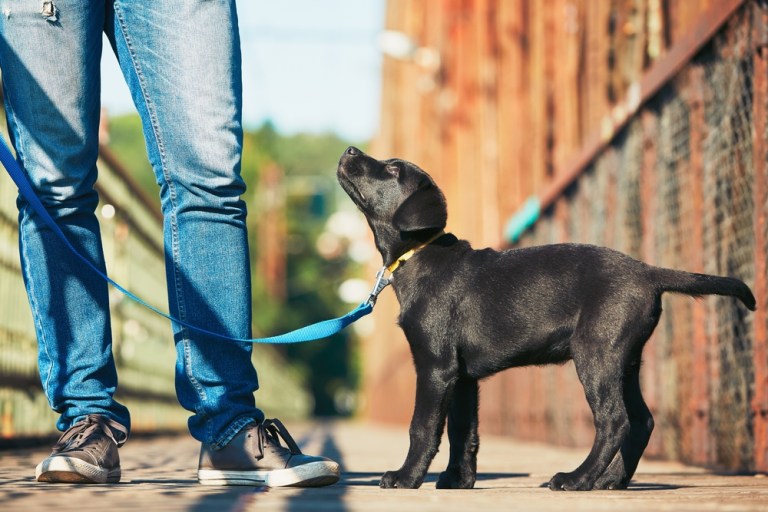Dogs And Cats Can Put Smiles On Insurers’ Faces

Pets do more than welcome us home, keep us company and, on occasion, try to snack on squirrels. They may become reliable revenue for insurance providers.
Make no mistake: Dogs, cats and other domesticated animals already serve as a healthy source of sales for retailers. Amazon, for instance, sold $1.4 billion worth of pet food in 2017, up 38 percent from the previous year.
And that does not include other pet products, such as squeaky toys or those miniature sweaters that please or disgust passersby, depending on their outlooks. The eCommerce operator’s pet product category has grown by at least 45 percent since 2015, based on the percentage of adults who had bought pet products via online retail channels over the preceding quarter.
“Based on third-party forecasts, Amazon expects online pet product sales to reach $8.2 billion in 2018,” reported Pet Business.
In total, the American Pet Products Association said U.S. consumers spend at least $70 billion on their pets.
The Pet Insurance Market
Now companies are turning their focus to pet insurance — though the industry remains in its very early stages. At least 2 million pets were insured in North America in 2017, a 17 percent increase from 2016, Veterinarian’s Money Digest stated, citing the 2018 North American Pet Health Insurance State of the Industry Report. The pet insurance industry surpassed “$1 billion in gross written premiums at the end of 2017 — a 15 percent increase over 2016.”
“According to the 2018 report, the average accident and illness premium for dogs in 2017 was $535 ($44.58/month) and $335.19 ($27.93/month) for cats,” Money Digest said.
The news source traced the first pet insurance policy to 1981, when Jack Stephens, DVM, “brought more than 900 veterinarians together to create the first pet health insurance company.” Now, the “impressive year-over-year gains are a clear indication that the pet health insurance industry is thriving,” Money Digest said. The main goal of such insurance? “To end economic euthanasia by helping to ensure pet owners are financially prepared when their pets need unexpected veterinary care.”
Still, pet insurance policies cover only a fraction of animals kept inside households for companionship. U.S. consumers own more than 69 million dogs, along with more than 74 million cats. But dog owners take their pets to the vet an average of 2.6 times a year, with medical expenses for those canines running $227 per animal, according to mean figures.
Market Potential
Of course, unexpected expenses can easily drive up veterinarian bills — you would not have to search hard to find pet owners with stories about medical emergencies that end up costing thousands of dollars.
Perhaps a dozen companies have stepped into this niche to offer pet insurance. And some 5,000 employers, seeking to land top candidates, offer pet insurance benefits. Those employers make a difference.
“People find this type of insurance more credible if an employer has vetted it first,’” Dr. Carol McConnell, chief veterinary medical officer for Nationwide, the nation’s largest pet insurer, told The New York Times.
Pet insurers still are struggling to turn regular profits and attract more investors, but signs are turning green.
Take Trupanion, an industry leader.
“The pet insurer is still struggling to turn a profit, though its business is growing,” CNBC said. “Trupanion’s revenue increased in each of the past six years, from $55.5 million in 2012 to $242.7 million in 2017, and the number of enrolled pets quadrupled over the same period.”
Millennial Demand
That’s not all. Consumers are spending more on pet health, which could lead to more insurance interest. Millennials, in fact, “who make up the majority of pet owners, expect to spend more on their cat or dog’s healthcare than their own,” CNBC reported, citing a study by TD Ameritrade. “Healthcare is one of the most defensive segments of the pet industry. Pet owners might switch to generic dog food during a recession, but they won’t skip taking Bowser to the vet if he gets sick.”
Those observations speak to society’s changing view of pets, commented upon by countless analysts: Pets are being viewed as children, especially as many younger consumers forgo the expense and hassles of human reproduction.
That certainly bodes well for pet insurance in the coming years.